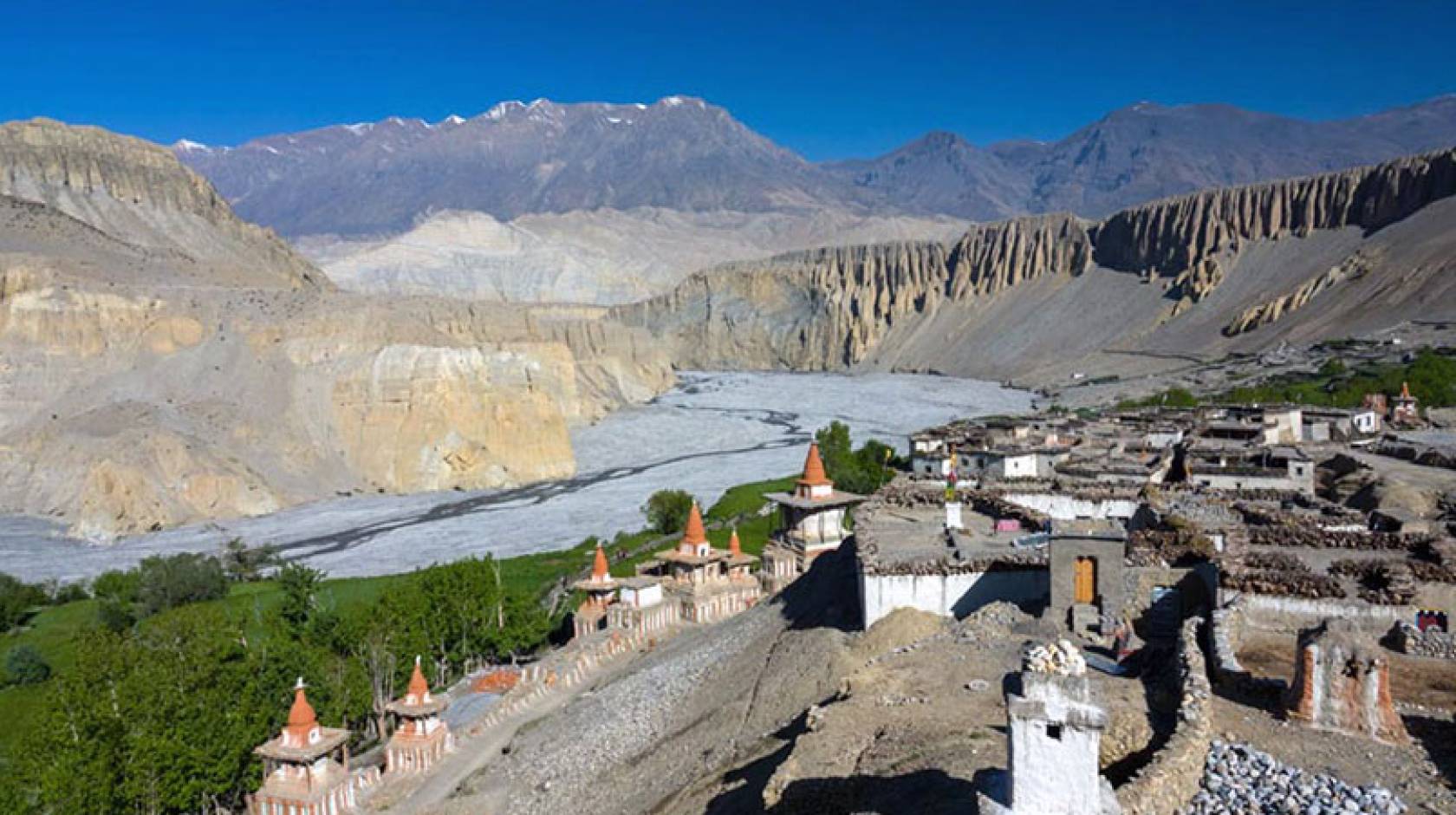Newsroom, UC Merced

In a new study, an international team of researchers — including UC Merced Distinguished Professor Emeritus Mark Aldenderfer — reconstructed the evolutionary history and global spread of malaria over the past 5,500 years, identifying trade, warfare and colonialism as major catalysts for its dispersal.
Malaria, one of the world’s deadliest infectious diseases, is caused by several species of single-celled parasites that are transmitted via the bite of infected Anopheles mosquitoes.
Despite major control and eradication efforts, nearly half of the world’s population still lives in regions where they are at risk of contracting malaria.The World Health Organization estimates malaria causes nearly 250 million infections and more than 600,000 deaths each year.
Beyond this massive modern impact, malaria has strongly shaped human evolutionary history.
“Although largely a tropical disease today, only a century ago the pathogen’s range covered half the world’s land surface, including parts of the northern USA, southern Canada, Scandinavia and Siberia,” said lead author Megan Michel, a doctoral researcher at the Max Planck-Harvard Research Center Archaeoscience of the Ancient Mediterranean, a collaboration between the Max Planck Institute for Evolutionary Anthropology and the Initiative for the Science of the Human Past at Harvard University.
“Malaria’s legacy is written in our very genomes: Genetic variants responsible for devastating blood disorders such as sickle cell disease are thought to persist in human populations because they confer partial resistance to malaria infection.”
Despite this evolutionary impact, the origins and spread of the two deadliest species of malaria parasites, Plasmodium falciparum and Plasmodium vivax, remain shrouded in mystery. Malaria infections leave no clear visible traces in human skeletal remains, and the scant references in historical texts can be difficult to decipher.
However, recent advances in the ancient DNA field have revealed that human teeth can preserve traces of pathogens present in blood at the time of death, providing an opportunity to study illnesses normally invisible in the archaeological record.
To explore malaria’s enigmatic history, an international team of researchers representing 80 institutions and 21 countries and led by the Max Planck Institute for Evolutionary Anthropology in Germany, reconstructed the ancient genomes of the two most deadly malaria parasites, Plasmodium vivax and Plasmodium falciparum.
They analyzed ancient Plasmodium genome-wide data from 36 malaria-infected individuals spanning 5,500 years of human history on five continents. These ancient cases provide an unprecedented opportunity to reconstruct the worldwide spread of malaria and its historical impact at global, regional and even individual scales.
Biomolecular Breadcrumbs
Analyzing ancient DNA from a malaria-infected individual from Laguna de los Cóndores in the eastern Peruvian Andes revealed that European colonizers may have spread P. vivax to the Americas within the first century after contact.
Remarkably, the team also uncovered genetic links between the Laguna de los Cóndores strain and modern Peruvian P. vivax populations 400 to 500 years later. The pathogen not only spread rapidly, it thrived, the researchers said.
The researchers also uncovered military activities that shaped the regional spread of malaria in 14th to 17th century Europe.
Himalayan Surprise
The team unexpectedly identified the earliest known case of P. falciparum malaria at the high Himalayan site of Chokhopani (ca. 800 BCE), along the Kali Gandaki River Valley in the Mustang District of Nepal. At 2,800 meters above sea level, the site lies far outside the habitat range for both the malaria parasite and the Anopheles mosquito.
The cold, dry region does not support the parasite or the mosquitoes capable of transmitting malaria, so how did the person get a case?
Analysis of this person’s ancient DNA revealed that the he was a local man with genetic adaptations for life at high altitude. However, archaeological evidence at Chokhopani and other nearby sites suggests these Himalayan populations engaged in long-distance trade.
“We think of these regions today as remote and inaccessible, but in fact the Kali Gandaki River Valley served as a kind of trans-Himalayan highway connecting people on the Tibetan Plateau with the Indian subcontinent,” Aldenderfer said. His excavations in the region have revealed its long-distance trade connections. “Copper artifacts recovered from Chokhopani’s burial chambers prove that the ancient inhabitants of Mustang were part of larger exchange networks that included northern India, and you don’t have to travel very far to reach the low-lying, poorly drained regions of the Nepalese and Indian Terai where malaria is endemic today and was certainly endemic in the past.”
The team believes the man likely traveled to a lower-altitude malaria-endemic region, possibly for trade or other purposes, before returning or being brought back to Chokhopani, where he was later buried.
The intimate details revealed by ancient DNA give clues to the myriad ways infectious diseases like malaria spread in the past, giving rise to our current disease landscape.
Today, the human experience of malaria is at a crossroads. Thanks to advances in mosquito control and concerted public health campaigns, malaria deaths reached an all-time low in the 2010s. However, the emergence of antimalarial drug-resistant parasites and insecticide-resistant vectors threaten to reverse decades of progress, while climate change and environmental destruction are making new regions vulnerable to malaria vector species.
The research team hopes ancient DNA can provide an additional tool for understanding and even combating this public health threat.

